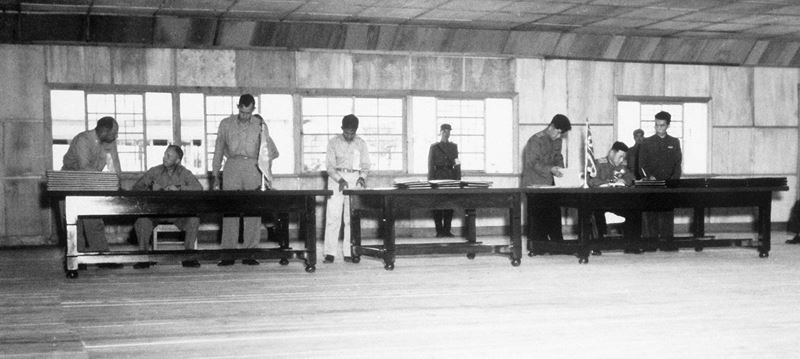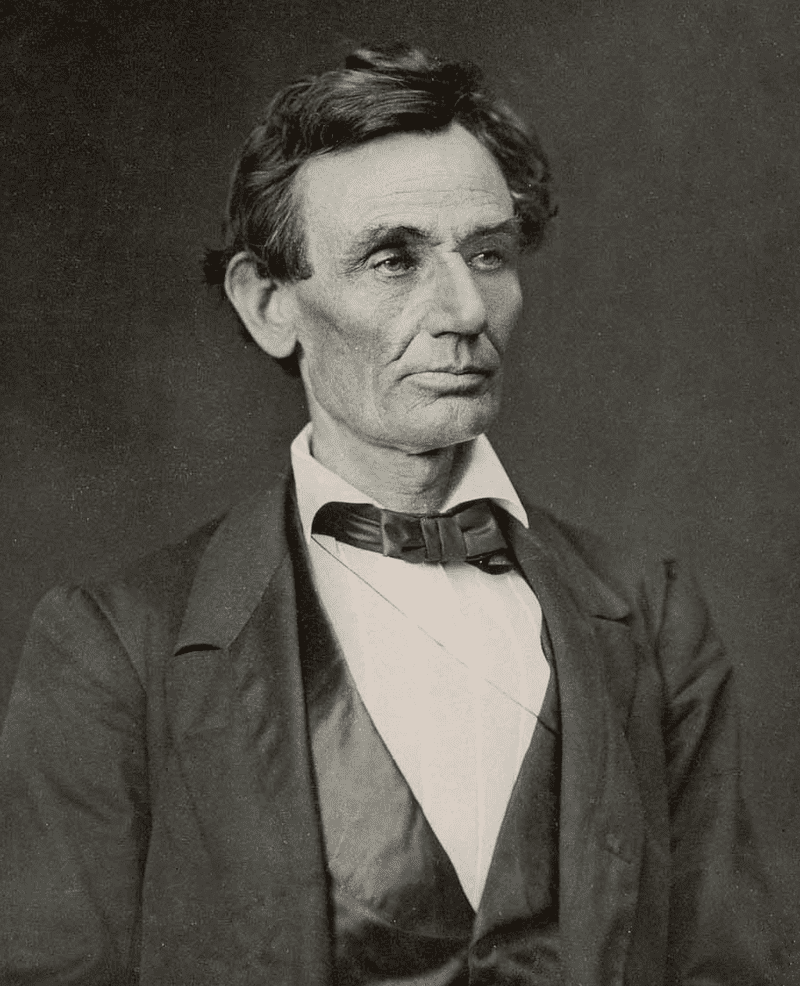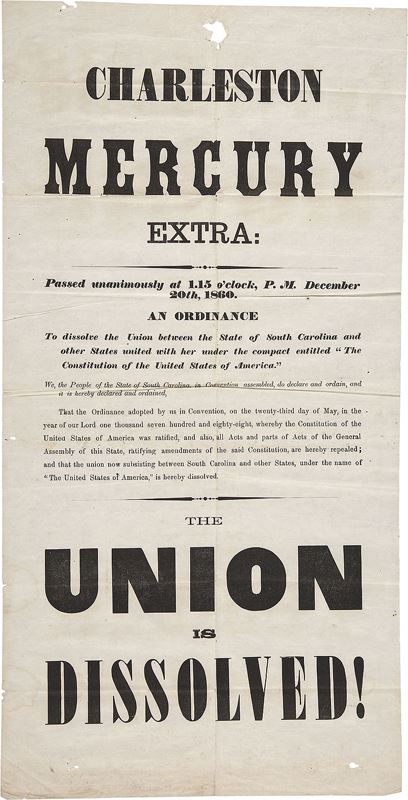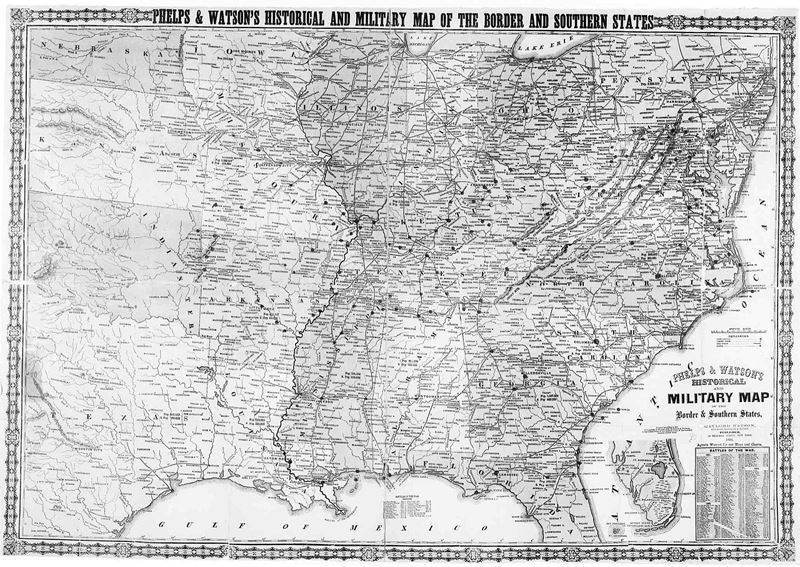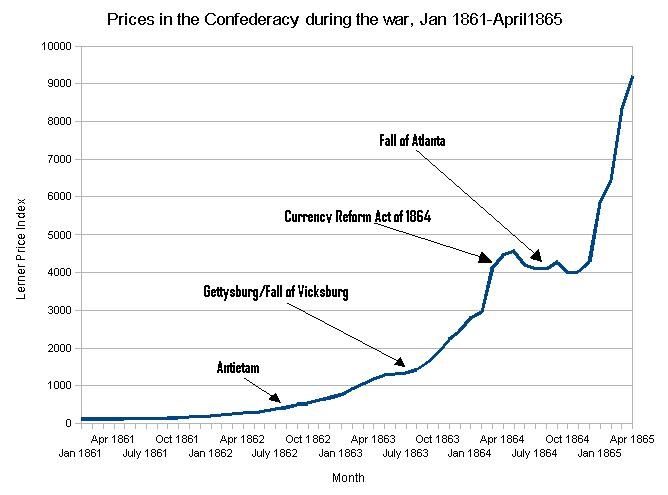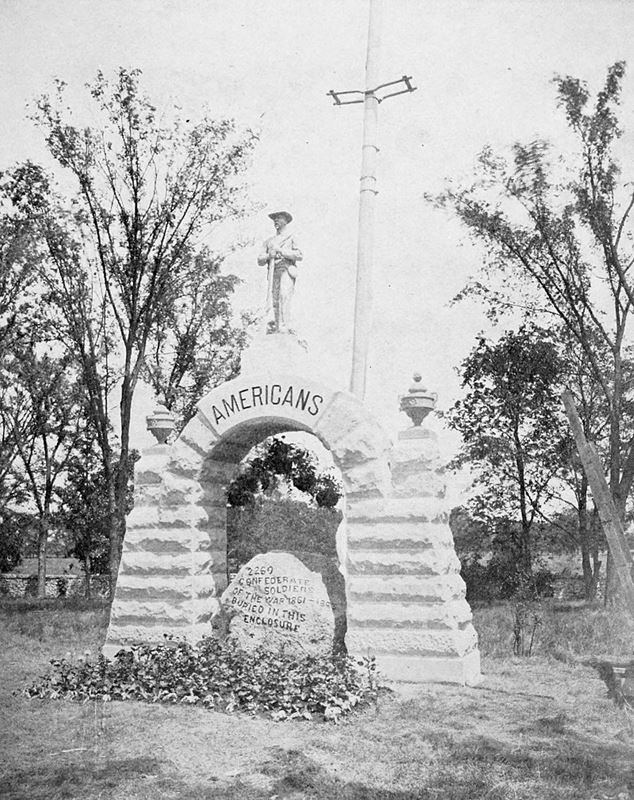The Korean Armistice Agreement is an armistice that brought about a complete cessation of hostilities of the Korean War. It was signed by United States Army Lieutenant General William Harrison Jr. and General Mark W. Clark representing the United Nations Command (UNC), North Korea leader Kim Il-sung and General Nam Il representing the Korean People’s Army (KPA), and Peng Dehuai representing the Chinese People’s Volunteer Army (PVA).[1] The armistice was signed on 27 July 1953, and was designed to “ensure a complete cessation of hostilities and of all acts of armed force in Korea until a final peaceful settlement is achieved.”[2]
During the 1954 Geneva Conference in Switzerland, Chinese Premier and foreign minister Chou En-lai suggested that a peace treaty should be implemented on the Korean peninsula. However, the US secretary of state, John Foster Dulles, did not accommodate this attempt to achieve such a treaty. A final peace settlement has never been achieved.[3] The signed armistice established the Korean Demilitarized Zone (DMZ), the de facto new border between the two nations, put into force a cease-fire, and finalized the repatriation of prisoners of war. The DMZ runs close to the 38th parallel and has separated North and South Korea since the Korean Armistice Agreement was signed in 1953.
South Korea never signed the Armistice Agreement, due to President Syngman Rhee’s refusal to accept having failed to unify Korea by force.[4][5] China normalized relations and signed a peace treaty with South Korea in 1992. In 1994, China withdrew from the Military Armistice Commission, essentially leaving North Korea and the UN Command as the only participants in the armistice agreement.[6][7] In 2011, South Korea stated that North Korea had violated the armistice 221 times.

